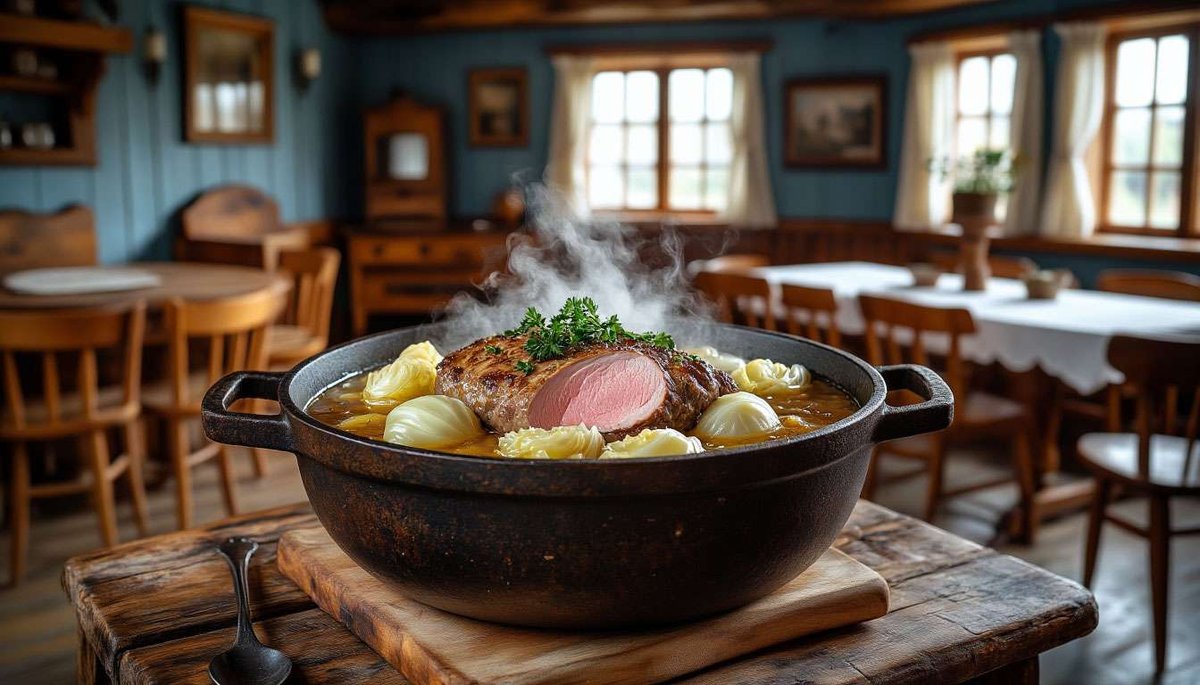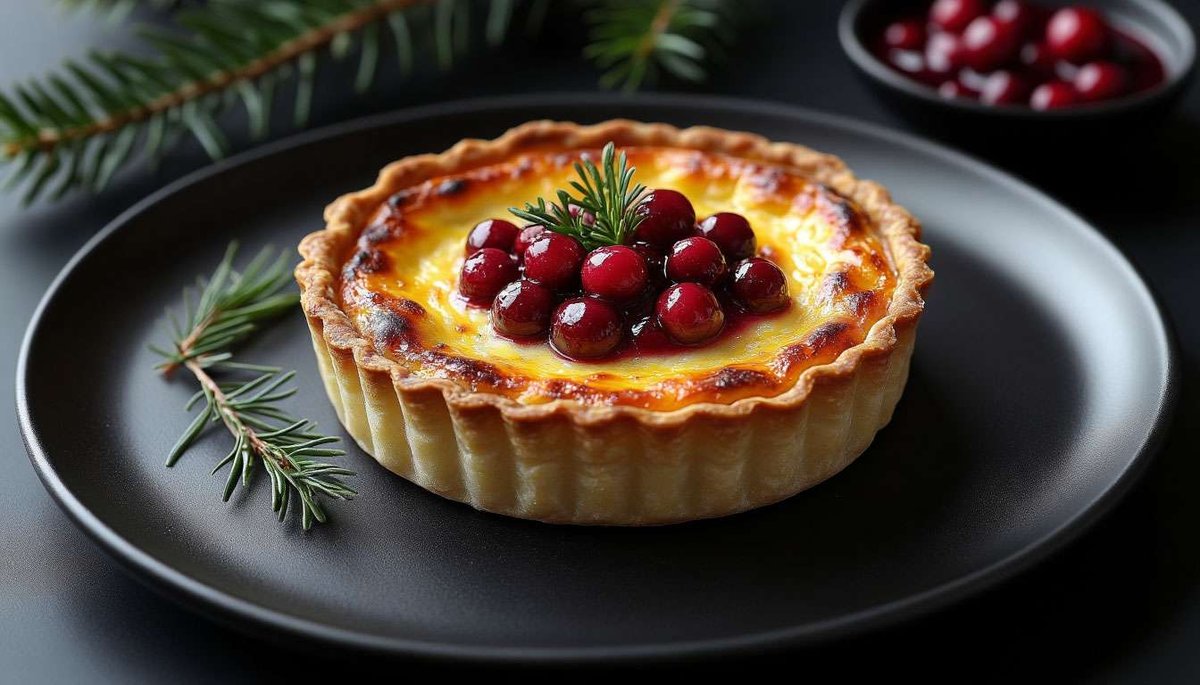Mountains, heather and the aroma of lamb: why Norwegian lamb is considered the best in Scandinavia and how fårikål became a national dish

Norwegians joke that their sheep see more fjords than tourists. Indeed, for most of the year, flocks roam the mountain plateaus, grazing on heather, wild herbs and the salty sea air. This free-range grazing gives the meat a flavour that chefs describe as 'umami with a hint of pine'. At the heart of the mutton culture is forikol, a simple lamb and cabbage stew, but behind it lies a whole philosophy of mountain farming.
How does Norwegian lamb differ from New Zealand or Icelandic lamb?
Norwegian lambs graze at an altitude of 600–1,000 metres, where the climate is cool and the grass is rich in essential oils. Free grazing without concentrates gives the meat a dense texture and a delicate aroma of wild herbs. Unlike New Zealand animals, which are raised on plains, Norwegian animals gain weight more slowly, resulting in shorter fibres and a more pronounced flavour. A comparison with Iceland reveals Norway's trump card: the moist sea breeze, which makes the fat in the marbled layers soft and creamy.
What is "fjellbeit" and how does it affect the sustainability of meat production?
Fjellbeit is a state-run system of mountain community pastures. Farmers leave their sheep in June and collect them in September, during which time the animals feed on natural fodder without additional grain. This type of grazing reduces the carbon footprint (no soy feed) and supports biodiversity: sheep prevent alpine meadows from becoming overgrown, preserving rare plants. Shepherd supervision and GPS collars reduce the risk of predators and disease, so the animals often do without antibiotics, which is appreciated by gourmets and certified with the "Nyt Norge" label.
Why is foricol considered the country's national dish and how should it be prepared?
In 1972, forikol (lamb, cabbage, black pepper, water — and nothing else) won by a landslide in a poll conducted by the Dagbladet newspaper. The secret lies in the availability of the ingredients and the "triple effect" of northern cuisine: fat warms, cabbage provides vitamin C, and pepper stimulates blood circulation. It is cooked in a thick-walled pot: a layer of meat, a layer of cabbage, a pinch of pepper, a little water, then simmered for 2.5 hours. The meat releases its fat, the cabbage becomes sweet, and the broth turns into a thick sauce, which is served with boiled potatoes.

How does foricol differ from pinnekjøtt, and when should tourists try each dish?
Forikol is an autumn stew made from fresh meat (September is Forikol Day). Pinnekjøtt is salted and dried lamb ribs steamed on birch sticks; it is prepared for Christmas (December) and eaten with turnip purée. Pinnekjøtt has a more concentrated and smoky flavour, while forikol is mild and vegetable-like. Lovers of natural flavours should visit in September, while gourmets looking for a "winter fireplace" should visit in December. One thing they have in common is that both traditions were born as a way to preserve valuable protein in the harsh climate.
What modern lamb dishes do New Nordic chefs offer?
In Oslo, Maaemo serves rack of lamb baked in pine bark with a mousse made from fir cones. In Bergen, Bare Vestland serves raw lamb tartare with crispy cabbage and a sauce made from morel mushrooms. In Lofoten, Dreyers Mat AS makes pulled lamb in a rye sourdough bun, seasoned with a lingonberry vinegar sauce. All interpretations retain the idea of "minimum spices, maximum terroir," emphasising the natural flavour of the meat.
Where can tourists buy or try the best lamb?
In the west, in the Sognefjord and Hardanger valleys, lambs graze by the fjords; look for the "Sognefjell Lam" label. At the Trøndersk Matfestival (Trondheim, July), you can sample different regions and choose products for a picnic. The restaurants Statholdergaarden (Oslo) and Bekkjarvik Gjestgiveri (near Bergen) are reliable addresses for fine dining. If you prefer a DIY approach, look for vacuum-packed lamb with the "Norsk Fjell-lam" label at Meny supermarkets — officials guarantee that the lamb is less than 12 months old and free-range.

The smell of mutton in Norway is not a sign of a farmyard, but the scent of freedom and heather-covered slopes. The taste of lamb raised to the sound of seagulls and bells cannot be replicated in an incubator: it has the salty spray of the fjord, the tartness of pine needles and the sweetness of alpine herbs. Serve foricol on a cool September evening and you will feel the northern chill retreat before the warmth of the pot. Come to the mountain pastures, talk to a shepherd, try fresh lamb straight from the fire, and you will understand why Norwegians call their meat "the taste of freedom".





2 comments
Log in to leave a comment